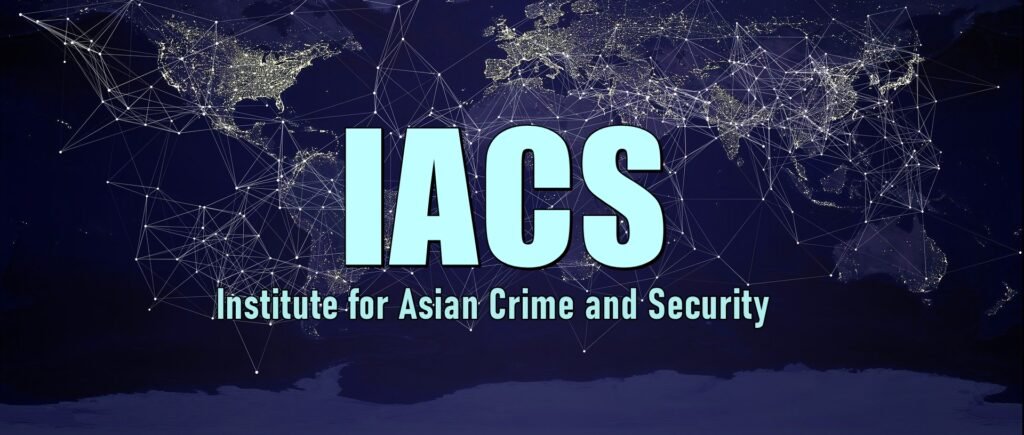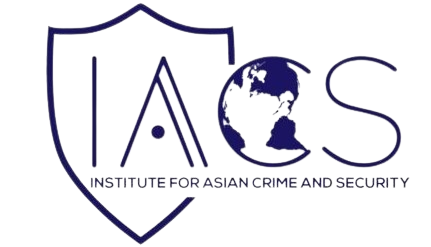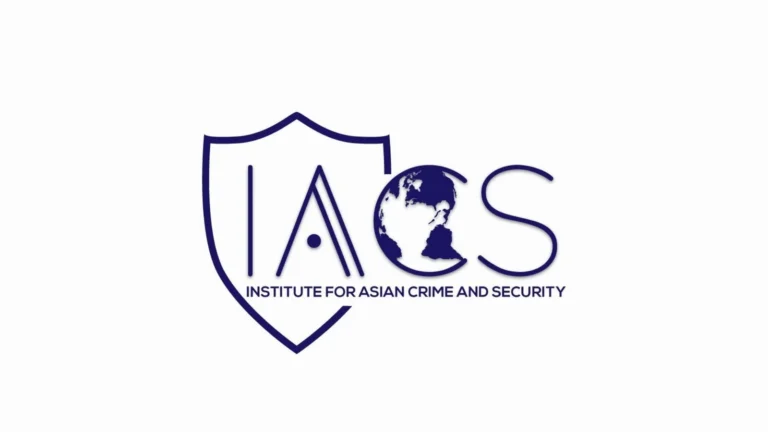Kashmir, the world’s most militarised zone located at the high hills of the Himalayas, is and continues to be a central cause of dispute between the countries of India and Pakistan. The genesis of the issue goes back to India’s independence from British rule and the division of the subcontinent in 1947 that ultimately led to the creation of a new sovereign state, the Islamic Republic of Pakistan. Since then, both nations have been involved in four major wars, which tragically has led to an excessive loss of life and considerable damage to property. In addition, since the 1990s, the region has been engulfed in acts of terrorism, extremism and fundamentalism, which unfortunately have led to the loss of life of more than 40,000 people, including civilians. Recently, in February 2021, there was a major (but often dismissed as tactical) breakthrough in relations between the two nations, as the dyad agreed to observe the ceasefire agreement originally signed in 2003.
This article aims to explore the genesis of this long lasting conflict and to highlight previous attempts made to strengthen the bilateral relationship between the neighbouring nations. It will also attempt to contextualise the commitment to observe the 2003 agreement, even in light of recent ceasefire violations.

Genesis of the Conflict
Normatively, the genesis of this conflict can be traced to the idea of communalism that predates the independence of India or the division of the subcontinent. In the 1857 revolt, often known as the ‘first war of independence,’ British authorities realised that Hindu-Muslim unity is something which can be targeted to cull any further resistance movement. Since then, British rule in India kept the communal pot burning by adopting the ‘divide and rule’ policy under which it privileged one community over the other in general public provisioning. Over a period of time, owing to the government’s policies and certain emerging organisations, many citizens became attached to a sense of religious identity. This ultimately culminated into acts of secession of large regions of Indian territories on the basis of religion.
At that time, a Hindu, Raja Hari Singh, ruled the Princely State of Jammu and Kashmir (J&K) with a Muslim majority population. In October 1947, a few months after the declaration of independence, the Pakistan-backed Pashtun tribal militia invaded Kashmir advancing from the north marching towards Srinagar. In desperation, Maharaja Hari Singh turned to India for help that was eventually made possible by signing an agreement of accession with India. Through this instrument, Jammu and Kashmir, conditionally, acceded to India. The Indian army landed in J&K and the first war between India and Pakistan ensued. The issue was discussed at the United Nations (UN) and the UN declared a ceasefire. The territory covered by the invading forces is today referred to by Indians as ‘Pakistan Occupied Kashmir’ (POK) and the fronts gradually solidified into what later came to be known as the Line of Control (LOC). Through UN Security Council (UNSC) Resolution 39, passed in January 1948, the United Nations Commission for India and Pakistan (UNCIP) was formed (later reconstituted by UNSC Resolution 47) that aimed at conducting a vote on the matter at an appropriate later time. However, this vote has never taken place to date.
Taking advantage of India’s humiliating defeat in the 1962 Indian-China war, Pakistan launched another offensive in 1965. Russians brokered a ceasefire between the then Prime Minister Lal Bahadur Shastri and Pakistan President Ayub Khan. It was highlighted through allegations made in 1971 that the Pakistan army had attempted to inflict large scale genocide, murder, and rapes in eastern Pakistan to supress the voices of self- determination. The resistance to Pakistani rule became more evident in the 1970 general election, the first since the partition, as Sheikh Mujibur Rahman of the Awami League swept the elections. As a direct result, Pakistan President Yahya Khan encouraged by Zulfikar Ali Bhutto banned the Awami League and imposed martial law in East Pakistan. The extraordinary military actions that followed led tens of millions people fleeing to India, thereby creating a serious security and demographic challenge. Indian Prime Minister Indira Gandhi was forced to intervene militarily. As a result, East Pakistan became separated from Pakistan and the People’s Republic of Bangladesh was formed. In the following Shimla Agreement, both the countries agreed to “settle their differences by peaceful means through bilateral negotiations.” However, Pakistan continues to rally support for its control of Kashmir in international communities and across the Islamic world.
The 2003 Ceasefire Agreement
Amidst the signs of optimism created by a sense of normalisation after the move toward nuclear deterrence in 1998 and Atal Bihari Vajpayee’s Lahore Bus yatra, the fourth war between India and Pakistan took place in the summer of 1999. That military action was aimed at gaining control of Siachen Glacier Heights. It was reported that the Pakistani army entered the Kargil sector under the guise of Kashmiri militants. Operation Vijay was initiated by the Indian army that eventually cleared the Kargil sector of the attacking military. In 2003, the then Indian Prime Minister Atal Bihari Vajpayee and General Parvez Musharraf signed a ceasefire agreement to maintain relative peace and tranquillity at the LOC.[1] After relative calm at the Line of Control from 2003 through 2012, ceasefire violations unfortunately have become rampant. As per retired Indian Army Lieutenant General D.S. Hooda, “the agreement has been dead for a very long time.” Around 60 ceasefire violations were reported in 2012, which increased to 347 in 2013. The Indian government informed Parliament that 771 ceasefire violations had taken place at the LOC in 2017, which is a 230% increase since 2016. More violations of the agreement have taken place over the last 4 years. The Indian Minister of State (MoS) within the national Ministry of Home Affairs informed [2] the Parliament that there had been 5133 ceasefire violations in 2020, compared to 3479 in 2019 and 2140 in 2018. To put these violations into proper perspective, Dr. Happymoon Jacob[3], while demystifying ceasefire violations, explained that “each violation could comprise hundreds of thousands of shots from weapons ranging from AK-47s to heavy pieces of military artillery such as 130-mm mortar guns in an area of 20–50 square kilometres over a twenty four-hour period.” These casualties do not only involve the soldiers stationed on both sides of the LOC, but also the local civilians, including women and children, who get caught in the crossfire. There is often a sense of fear felt by local civilians and soldiers at the LOC, who believe that they could be shot dead at any moment.
Contemporary Observance of the Ceasefire along the LoC
It is in this context that the recent observation of the ceasefire agreement [4] gains significance. With respect to peace and tranquillity at the LOC, these recent overtures seem to provide promise for a reasonable compromise, at least until recently. Within the last two months (in June 2021), there was a bomb blast near the home of the head of the Jamaat-ud-dawa, Hafiz Saeed. Pakistan’s National Security Advisor Moeed Yusuf [5] informed the public and the media in Islamabad that the mastermind of the attack that killed three people and injured 24 others “is an Indian citizen and he is associated with R&AW (the Research and Analysis Wing).” In an interview with The Wire, [6] Pakistan National Security Advisor Moeed Yusuf confirmed that the pathway for peace is still open. However, there may be challenges in this regard, as the Pakistani army has often expressed significant reservations toward peace overtures made with India by civilian officials within the government of Pakistan. As Dr. Ayesha Siddiqa, a political scientist, author and research associate at the South Asia Institute at the University of London, explains,[7] “in Pakistan’s military-civil ‘hybrid regime’ – in which the military was in charge of decision making by the civilian government would share some responsibility for reactions and outcomes – the picture becomes fuzzy for observers, who wonder: who is doing what? There is a sense of division within the military on where Pakistan should stand regarding peace with India.” Until there is a true consensus between military leaders and the civilian government in Pakistan, one has to wonder if a reasonable and acceptable resolution involving the LOC can be meted out between Pakistan and her neighbour India. The hope at this time must be that a ceasefire remain in place and be upheld, as this would provide a true sign of good faith for both sides of this conflict.
Reference
- Rana, Uday (2018), “Time to Declare 2003 India- Pakistan Ceasefire Agreement Dead?,” News18, January 15 2018
- Tiwary, Deeptiman (2021), “Govt: Ceasefire Violations on India-Pakistan border increased by 48% in 2020,” The Indian Express, February 3 2021
- Jacob, Happymoon, (2018), “The Line of Control: Travelling with the Indian and Pakistani Armies,” Penguin Random House
- Kausik, Krishna (2021), “ Ceasefire pact: First thaw in deep India-Pakistan chill,” The Indian Express, February 26 2021
- Roy, Shubhajit (2021), “ Gloves are off again: Pak accuses India of carrying out blast near LeT Chief Hafiz Saeed’s home,” The Indian Express, July 5 2021
- https://thewire.in/video/watch-pakistan-nsa-mooed-yusuf-karan-thapar-interview-ceasefire-secret-meetings-dialogue
- Understanding Pakistan’s overture for peace with India” Mint [Online web] https://www.livemint.com/news/india/understanding-pakistan-s-overtures-for-peace-with-india-11624102923776.html
Endnotes:
[1] Rana, Uday (2018), “Time to Declare 2003 India- Pakistan Ceasefire Agreement Dead?,” News18, January 15 2018
[2] Tiwary, Deeptiman (2021), “Govt: Ceasefire Violations on India-Pakistan border increased by 48% in 2020,” The Indian Express, February 3 2021
[3] Jacob, Happymoon, (2018), “The Line of Control: Travelling with the Indian and Pakistani Armies,” Penguin Random House
[4] Kausik, Krishna (2021), “ Ceasefire pact: First thaw in deep India-Pakistan chill,” The Indian Express, February 26 2021
[5] Roy, Shubhajit (2021), “ Gloves are off again: Pak accuses India of carrying out blast near LeT Chief Hafiz Saeed’s home,” The Indian Express, July 5 2021
[6] https://thewire.in/video/watch-pakistan-nsa-mooed-yusuf-karan-thapar-interview-ceasefire-secret-meetings-dialogue
[7] “Understanding Pakistan’s overture for peace with India” Mint [Online web] https://www.livemint.com/news/india/understanding-pakistan-s-overtures-for-peace-with-india-11624102923776.html
About the author: Abhishek Verma is a research associate with the IACS. He is currently a Ph.D. scholar at the School of International Studies, Jawaharlal Nehru University, New Delhi.








